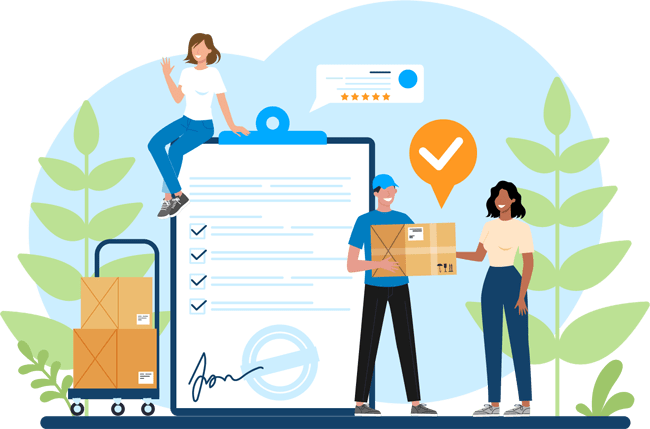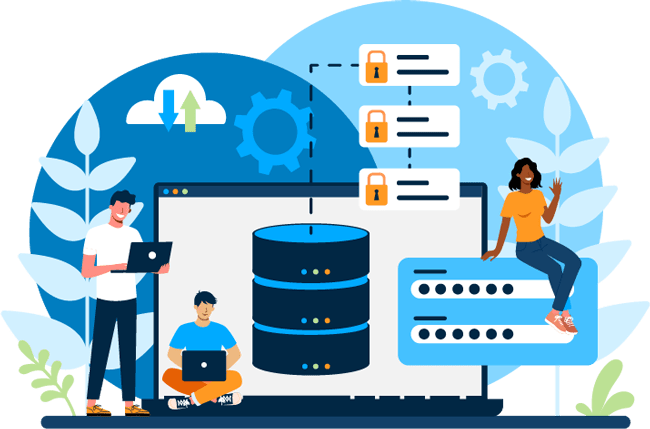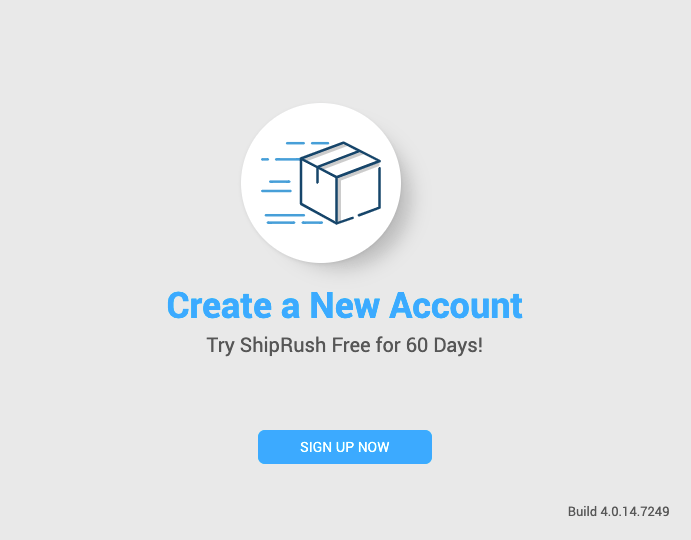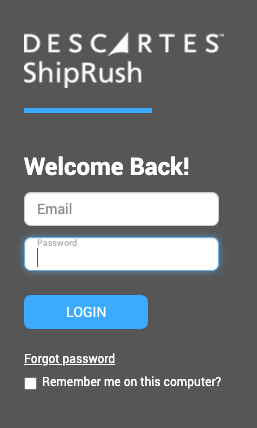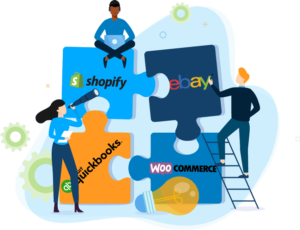Twenty-five cents of every dollar spent shopping online goes to Amazon’s third-party marketplace. What is a third-party marketplace? It’s businesses selling on Amazon and is the backbone of Amazon’s Ecommerce boom. Amazon’s third-party marketplace continues to grow at a rapid pace. If Amazon completely removed the marketplace and made it a separate legal entity, it would be the largest online retailer in the US by itself. Amazon itself (with 1P – first-party & 3P – third-party) owns the lion’s share of ecommerce volume in the US, and the third-party marketplace is far outpacing the first-party business model.
Third-Party Marketplace Fulfillment Options for Selling on Amazon
If you are selling on Amazon marketplace, what are the keys to unlocking success? The majority of the volume coming from the third-party marketplace is driven via a few different fulfillment methods:
- Amazon FBA: Fulfillment by Amazon is basically a full scale 3PL model – they ship, store, and pack all your items (no bundling involved) & get your Prime badge
- Seller Fulfilled Prime (SFP): Gives a Seller access to the Prime badge & discounted 1–3-day shipping rates in specified markets (can be carrier specific or Amazon specific)
- Dropshipping: Seller owns the burden of shipping (sourcing their own rates) & storing inventory as needed – no Prime badge here
- Seller Flex: like a vendor flex model in 1P, this option requires a specified area of a warehouse dedicated to Amazon and use of Amazon’s systems to operate and execute orders
Choosing the Right Amazon Order Fulfillment Method
All the available Amazon order fulfillment methods mentioned above use a variety of carriers, including their own, UPS, FedEx, USPS, and a slew of regional carriers. Shipping has slowed in the recent months and over the past year, primarily due to the amount of volume being processed by Amazon’s marketplace. Given the number of options sellers have, picking the best fulfillment method can be challenging. There are four questions an Amazon seller should ask to determine which Amazon Marketplace order fulfillment method makes the most sense:
- How many products do I have? SKU diversification adds to complexity which can be easier to let Amazon handle the brunt of the work
- Do I understand my profitability? Top line all the way down to COGS (cost of goods sold) & specifically the cost to fulfill
- Do I have the ability to execute orders in a timely manner or will my operation be stifled by Amazon’s very strict requirements? Remember, Amazon dictates rules for dropshipping & seller fulfilled Prime
- Is the Prime badge important? If you have brand recognition, it may not matter as significantly, but 90%+ of the brands on Amazon have been successful due to this badge (over 65% of the US population has a Prime account and intends to keep one)
Descartes ShipRush can help with Amazon Order Fulfillment
As brands continue to accelerate and grow, Descartes’ suite of products provides customers specific capabilities to increase sales on Amazon without negatively impacting their bottom lines. Sellers who understand how to answer the questions above will, in general, have more success than the ones that don’t take the time to uncover and understand their operations. Winning ecommerce brands understand that it is the combination of customer facing experiences and fulfillment (operational processes) that make the difference. We take this fact very seriously at Descartes ShipRush. There is no better feeling than helping our customers unlock their growth potential by adding value to their operations. As an Amazon Seller Partner Network Service & Software Partner, Descartes ShipRush is proud of the value we add to our Amazon seller community. We are positioned to help sellers navigate the nuances of Amazon Seller Central by providing an alternative for order fulfillment by Amazon. Interested in learning more about how to grow your business on Amazon? Contact Descartes ShipRush!

